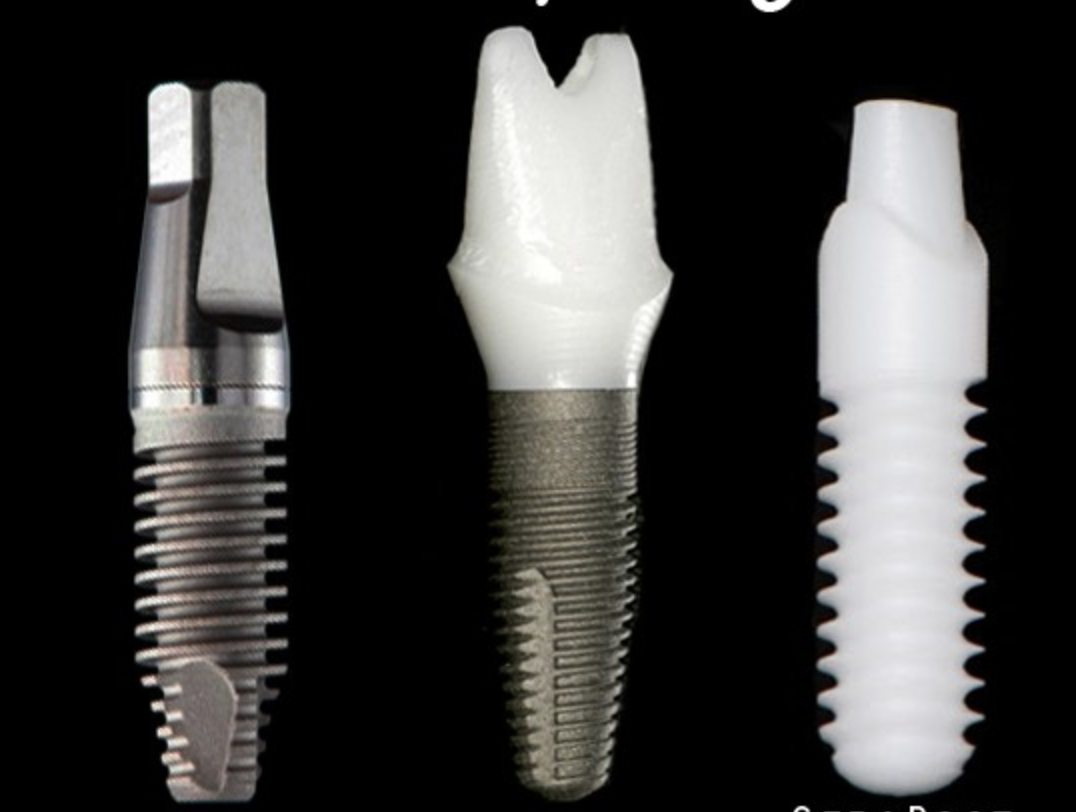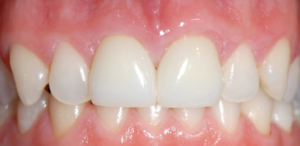

September 26th is Women’s Health and Fitness Day. Though life expectancy in most countries is higher for women than men, women have unique health risk factors, as well as social and economic stresses that may result in health complications.
- Heart disease is the number one cause of death in both men and women. That said women are typically underdiagnoses, and in some cases, diagnosed after damage has been caused, leading to a poorer quality of life.
- Breast cancer is the most common cause of cancer in women. Women are encouraged to get a mammogram for early detection. Also, other factors such as obesity, alcohol, medications, genetics, and race also may increase women’s risk of breast cancer
- Osteoporosis – Of the 44 million American threatened by osteoporosis, 68% of them are women. That said, osteoporosis is fairly preventable. A diet that includes adequate amounts of calcium and weight bearing exercise can improve a person’s chances of not developing osteoporosis. Smaller, thin framed women are at a greater risk as well as those with a sedentary lifestyle, anorexia, using certain medications and having a family history of the disease.
- Depression appears to effect twice as many women as men. The great disparity may be due men being underdiagnosed with the condition, but women are still at higher risk. Depression may be triggered by hormonal changes after pregnancy but can also be triggered by other factors. Family history, stress, heart disease, chronic illness, and a history of previous mental or physical abuse may increase women’s (and men’s) risk for experiencing depression
- As a group, autoimmune diseases are seen in higher incidence in women. While the most common autoimmune diseases are type I diabetes, thyroid disease and lupus, there are many more less common autoimmune diseases. They are fourth-largest cause of disability among American women.









